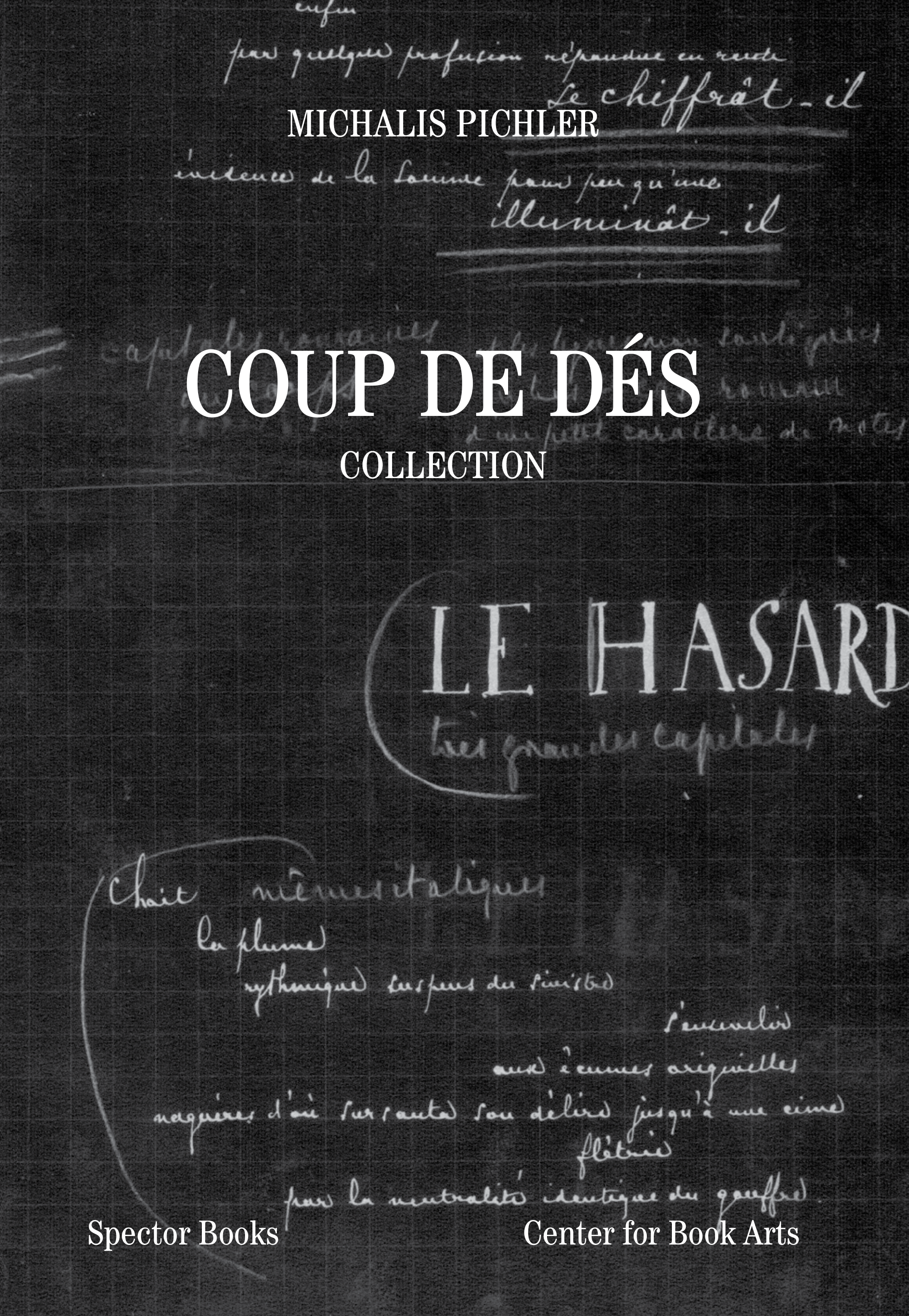
Books on Books
Un coup de dés jamais n’abolira le hasard / A Throw of the Dice will Never Abolish Chance (Sculpture) is a close copy of the 1914 edition of the French symbolist poet Stéphane Mallarmé’s poem of the same name, but with all the words cut out by laser, in a way that corresponds directly to the typographic layout used by Mallarmé to articulate the text.
A Preface features the entire poem written as a block of text with each line separated by a slash (/). This block-transcription of the Mallarme-Text was carried out 1969 by Broodthaers. 12 double spreads follow, with immaculately cut out windows standing in for the text. When turning the pages, numerous shadows are being generated by the cutouts.
On the rarefied secondary market, the first ed. is selling from prices btw. $200 and 500, making it a fetish with high exchange value (unfortunately). The 2024 reprint makes available again for an affordable price.
Stéphane Mallarmé, Un coup de dés jamais n‘abolira le hasard (POÈME) (Paris: Nouvelle Revue Française, 1914)
Marcel Broodthaers, Un coup de dés jamais n‘abolira le hasard (IMAGE) (Antwerp: Wide White Space, 1969)
By cutting through and across the pages of Mallarmé’s original design, Michalis Pichler creates a critical intervention that is literally and figuratively multidimensional. Inter-textuality becomes intra-textuality as presence and absence play are activated in the spaces of this work.
—Johanna Drucker, author of The Century of Artists’ Books (Granary Press)
The holes are a new way of scripting that can be both visually and haptically perceived.
—Magnus Wieland, author of Avantgarden und Avantgardismus (Wallstein)
Switching from the two-dimensionality of the IMAGE to the three-dimensionality of SCULPTURE, Michalis Pichler decides to literally open up these strips in a common gesture of ablation and revelation. This is reminiscent of Lucio Fontana, who perforated canvases to give painting sculptural ambitions. Pichler also envisages this with the book, which is then repeated with every page turned. But can a SCULPTURE still be considered a book? Certainly, since the artist decides on its republication.
—Aurélie Noury, researcher, editor at Éditions Incertain Sens, librarian at ESAM Caen